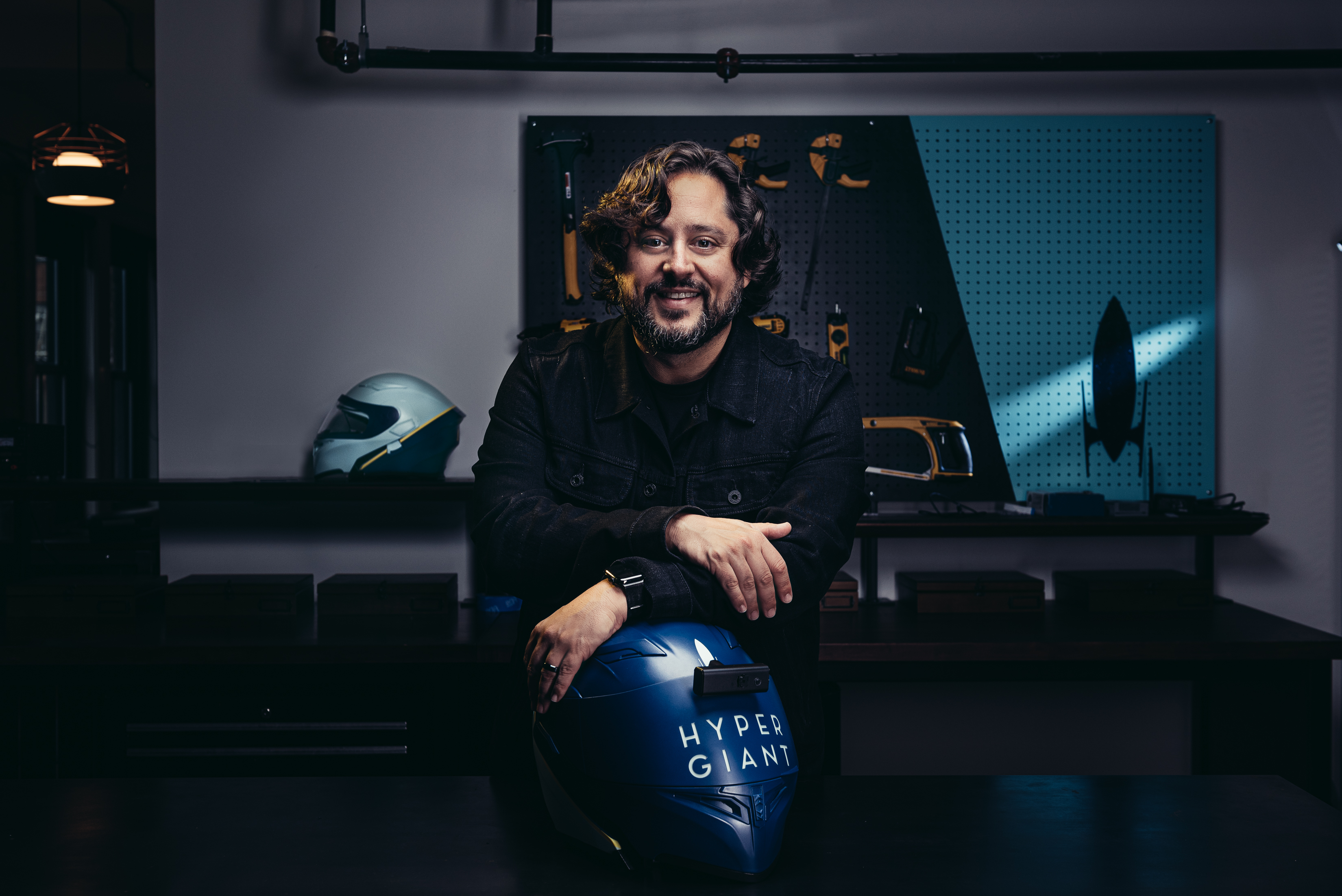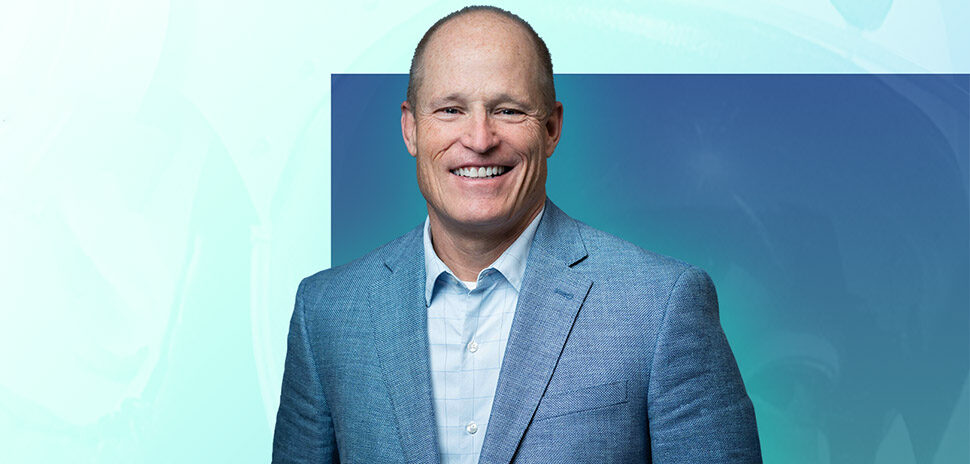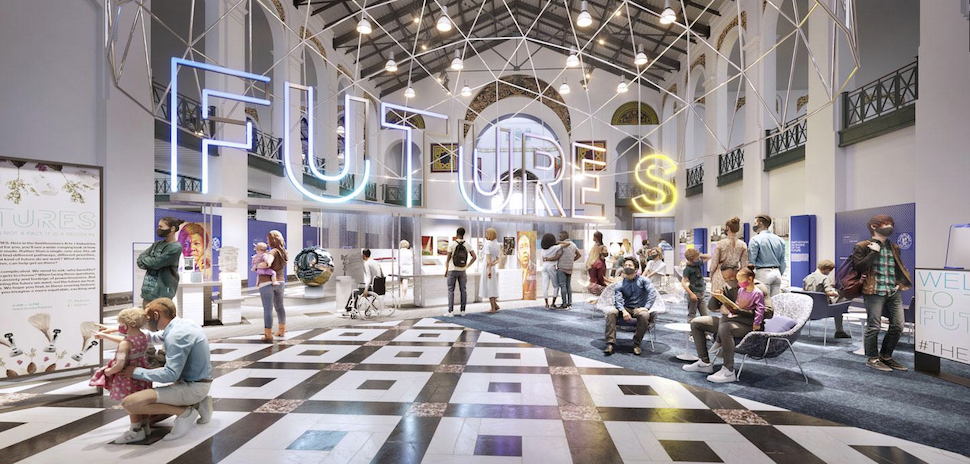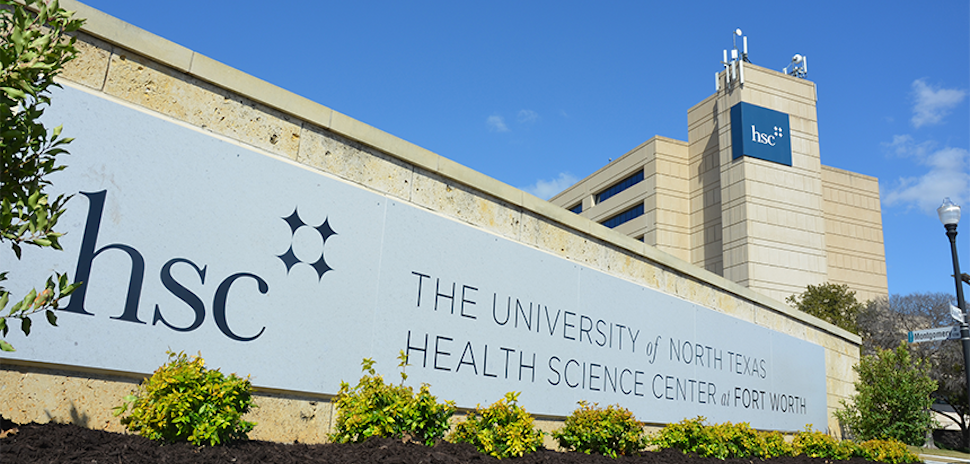Hypergiant is bringing a high-tech solution to environmental crisis response.
The Texas-based artificial intelligence company is creating an open-source AI model, called “Disaster Mapping Systems” (DMS), that will help first responders prioritize disaster relief efforts after devastating events, such as Hurricane Maria in 2017. The tool will conduct real-time building damage assessments and will be available on a new marketplace called Modzy created by Hypergiant partner Booz Allen Hamilton.
The challenge Hypergiant’s project is tackling is increasingly serious—last year, there were 315 natural disasters, 11,804 deaths, more than 68 million people impacted, and $131.7 billion in economic losses worldwide. Once a natural disaster occurs, damage assessment and search and rescue is conducted by air, boat, and on-foot surveillance, largely by volunteers who aren’t experts at identifying and finding victims.
Hypergiant’s model will tap satellite and drone imaging data so government groups and companies can identify buildings impacted by a natural disaster. The tool uses AI and machine learning to create a damage assessment that will allow first responders and disaster relief professionals to see areas in greatest need, ultimately saving lives.
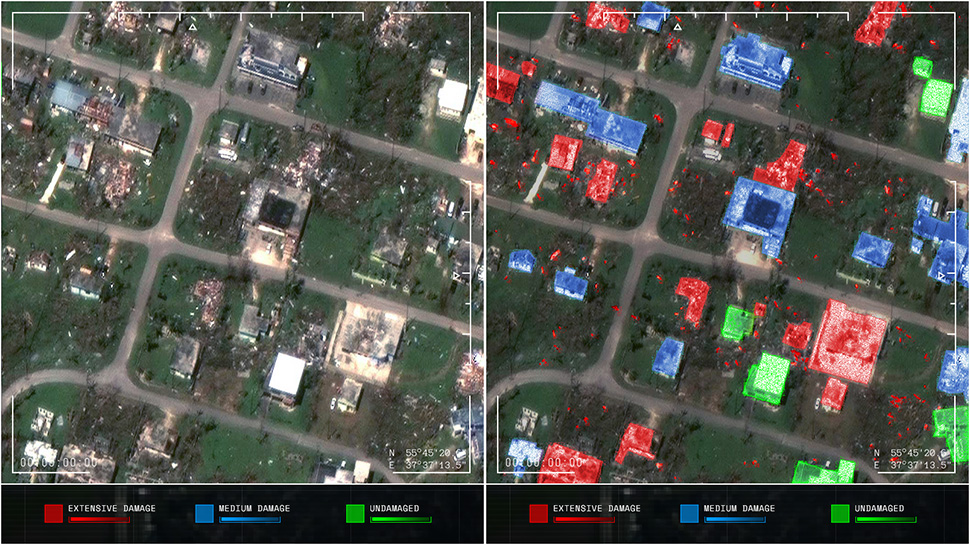
The Modzy AI model in action, before and after a disaster. [Images: Courtesy Hypergiant]
Hypergiant’s Dallas-based CEO and Founder Ben Lamm described it as a strategic way to think with purpose in the midst of chaos. Because resources are often limited, every minute counts—but with real-time building assessment data, efforts can be confidently prioritized.
“Climate change and the widespread damage that it causes across the globe is an issue that we want to address head on here at Hypergiant,” Hypergiant’s Dallas-based CEO and Founder Ben Lamm said in a statement. “Natural disasters are going to become more frequent and more devastating if we don’t do something to address the underlying problems that cause climate change. That said, we must also be prepared for when natural disasters do occur.”
Bringing AI to natural disaster relief isn’t Hypergiant’s first foray in to tackling environmental issues. In September, it announced the launch of its Eos Bioreactor, a green energy solution using algae to sequester atmospheric carbon. At the time, it said the prototype could potentially be up to 400-times more effective than trees at sequestering carbon from the atmosphere.
Open-sourcing disaster relief
Being open-source is an important aspect of Hypergiant’s new AI-driven damage assessment model. Though it developed the tool, other companies and developers will be able to use and build on the model, so it can evolve and improve.
In its announcement, Hypergiant invited its peers, partners, and competitors to join the project to help improve real-time imaging capabilities. One provided example was open sourcing, which allows for companies to develop capabilities that identify people stuck on roofs and in need of immediate assistance.
“It is imperative that technology is developed for the betterment of mankind, and not solely for financial gain,” Lamm said. “This is why our model is open-source. We wanted to make sure that others have opportunity to build upon our model to make it better, smarter, and more intuitive. If other tech companies and government agencies are able to build upon our model and ultimately save even more lives as a result, than our model and the entire Modzy marketplace will have been a success.”
Booz Allen Hamilton introduces Modzy
The Modzy marketplace was developed by Booz Allen Hamilton as a place where access to scalable, trusted, AI-driven models will bridge the gap between government agencies and companies. This should bring leading edge solutions to global challenges, such as environmental disasters.
Booz Allen calls Modzy a “first-of-its-kind enterprise AI software product” that on its own hopes to put artificial intelligence to work. It’s essentially a “missing AI layer” in today’s tech stack because it reduces risk that comes with adoption and scaling.
Lamm said Modzy is one step closer to ensuring the government has the tech necessary in today’s landscape. Together with his team and Booz Allen, he hopes to help customers securely transition to trusted AI models and solutions.
“We have a responsibility as tech companies to make the world smarter and safer for all people across the globe,” said Lamm. “Our influence is not confined within any borders or parameters, and we have the resources to bring positive change to people of all walks of life. This is a responsibility we take very seriously at Hypergiant.”
![]()
Get on the list.
Dallas Innovates, every day.
Sign up to keep your eye on what’s new and next in Dallas-Fort Worth, every day.










